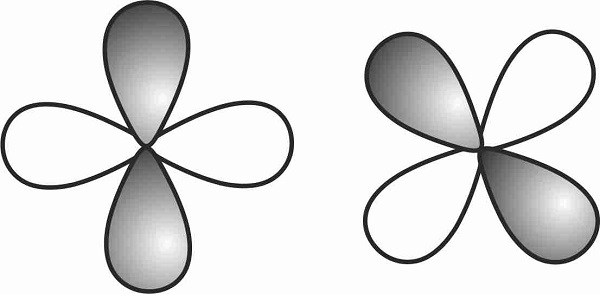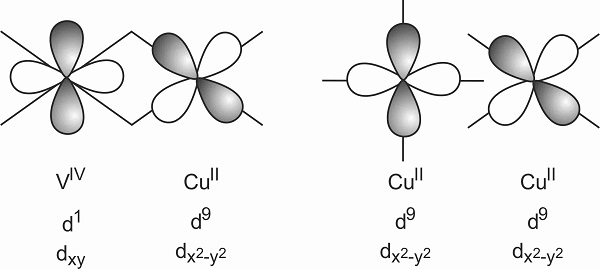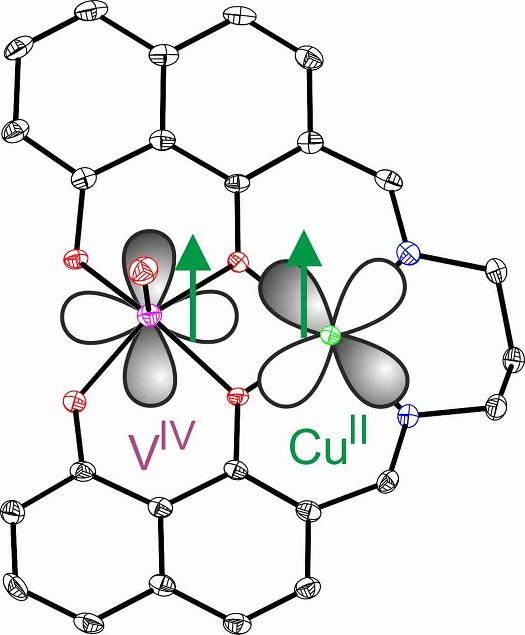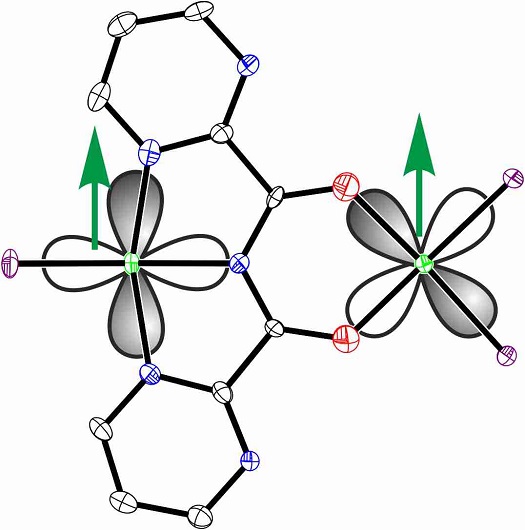The field of molecular magnetism aims to understand the magnetic properties of mono- or polynuclear metal complexes as well as of organic radicals. The local magnetic properties of a single magnetic center and the interactions between the magnetic centers are the main focus of molecular magnetism. In the 1980s, the synthesis and characterization of molecule-based magnetic materials emerged. These are compounds that exhibits the characteristic features of solid-state magnets. However, they are prepared using the synthetic tool-box of molecular chemistry under kinetic control. A pioneer in the field of molecular magnetism, Olivier Kahn, formulated a research objective for the rational design of new molecule based magnets: The normal trend for the molecular state is the pairing of electrons [ ] with a cancellation of the electron spins. The design of a molecule-based magnet requires that this trend be successfully opposed. In this respect, one of our research goals is to develop new ligand systems that bridges transition metal ions in a way that enforces a ferromagnetic coupling between them. For this, we are exploring the following strategies:
1. Double Exchange
2. Spin-Polarization
3. Orthogonal Magnetic Orbitals
To our research on Double Exchange and Spin-Polarization
The Goodenough-Kanamori rules are the recipes for the synthetic chemist to control magnetic interactions. The second Goodenough-Kanamori rule states that if two overlapping magnetic orbitals are orthogonal to each other the interaction is ferromagnetic. This rule was expanded by Olivier Kahn to his concept of orthogonal magnetic orbitals.

This relative orientation of the magnetic orbitals can be reached by the classical example of Olivier Kahn using a heterodinuclear complex, e. g. CuIIVIV. However, principally it can also be obtained using homodinuclear complexes by rotating the coordination frames accordingly.

We have realized both scenarios and obtained ferromagnetic interactions in this way.


Related Publications
J. Oldengott, C.-G. Frhr. Richthofen, S. Walleck, A. Stammler, H. Bögge, and T. Glaser
"Trinuclear Triplesalophen Building Blocks with Terminal Cyanides and Implications for the Spin-Polarization Mechanism for Low-Spin FeIII and CrIII Ions"
Eur. J. Inorg. Chem., 2018, 46, 4987-4996.J. Oldengott, A. Stammler, H. Bögge, and T. Glaser
"Enhancing the Ferromagnetic Coupling in Extended Phloroglucinol Complexes by Increasing the Metal SOMO - Ligand Overlap: Synthesis and Characterization of a Trinuclear CoII3 Triplesalophen
Dalton Trans., 2015, 44, 9732-9735.T. Glaser, H. Theil, I. Liratzis, T. Weyhermüller, and E. Bill
"Ferromagnetic Coupling by Orthogonal Magnetic Orbitals in a Heterodinuclear CuIIVIV = O Complex and in a Homodinuclear CuIICuII Complex"
Inorg. Chem. 2006, 45, 4889-4891.